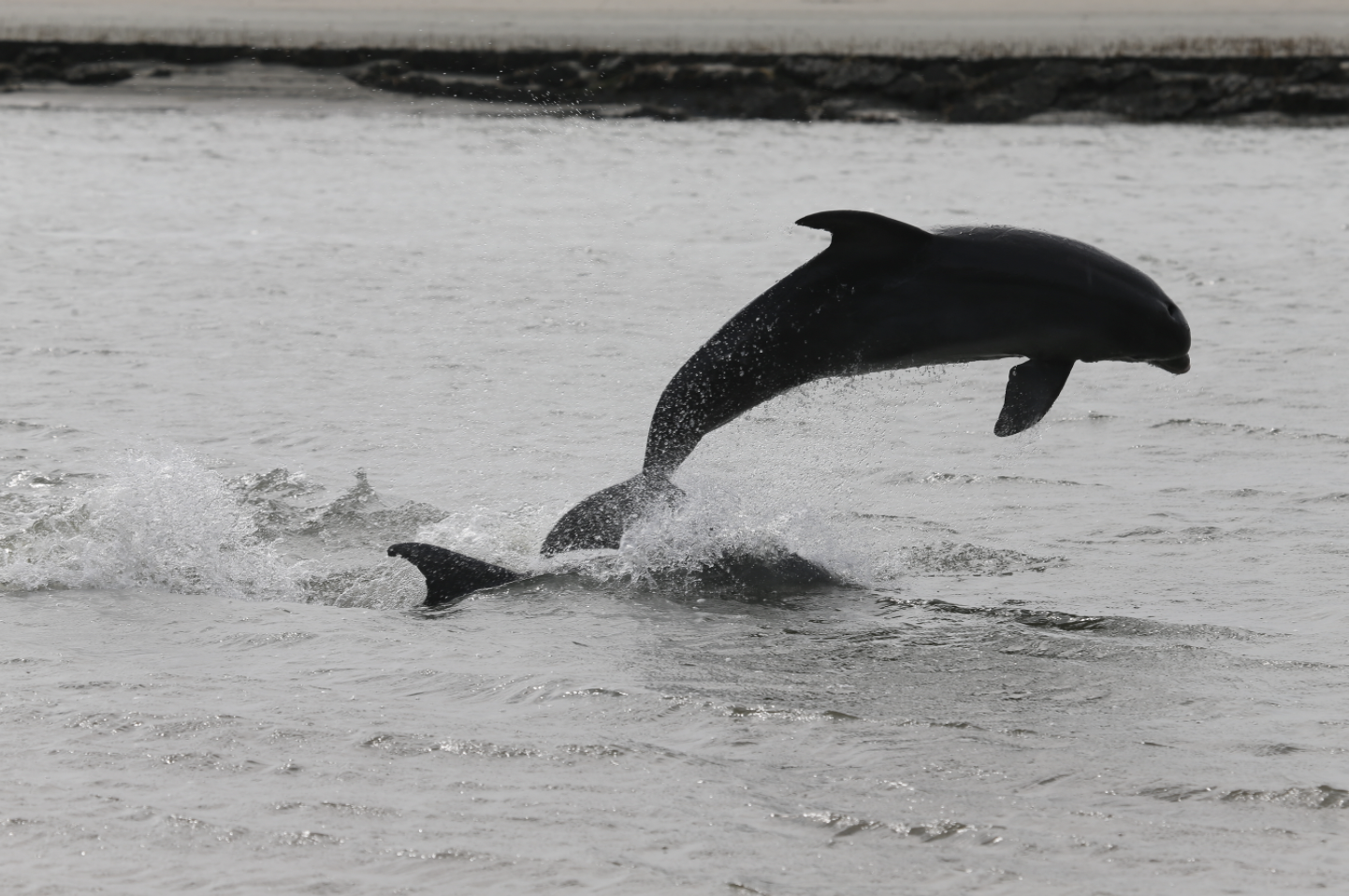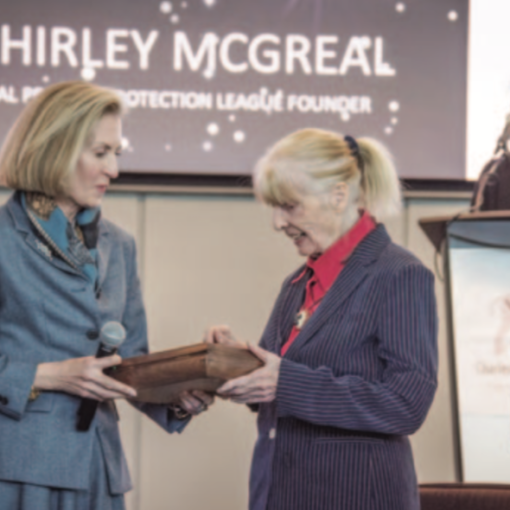By LAUREN RUST
Ever look out over the waves and wonder how many dolphins are out there swimming around Charleston? The Lowcountry Marine Mammal Network (LMMN) is busy finding the answer – thanks to their army of citizen-scientists.
This local nonprofit’s mission is to protect local marine mammals through education, outreach, and monitoring. Each year, they engage the community through a citizen-scientist event called Dolphin Count. Dolphin Count brings together the general public and marine mammal scientists to raise awareness about our resident bottlenose dolphin population and to count dolphins in the harbor.
THE ANSWER IS?
According to the National Oceanic and Atmospheric Administration (NOAA), Charleston is home to 300 dolphins. This includes the stretch of ocean between Edisto Island and the Isle of Palms. Since 2018, Dolphin Count participants have recorded hundreds of dolphin sightings in just the Charleston Harbor. The data came from almost 2,000 counters who recorded dolphin sightings while stationed at 12 different counting stations across the Charleston Peninsula. There is even an app (Dolphin Count) for the citizen-scientists to record their findings!
Because the harbor dolphin population is small, conservation efforts are needed. The Dolphin Count not only engages people to learn more about dolphins, but it raises awareness about the most common threats facing these mammals including:
• Harassment
• Boat strikes
• Entanglement
• Ingestion of marine debris
DATA HELPING RESEARCHERS
The data collected is providing researchers with a snapshot of the population. Data collected includes location, behavior, environmental parameters, and any newborns (calves). All of this helps us understand the growth of the population and identify “hotspots” for different behaviors. This information is critical to protecting this small population and the habitats in which they live. LMMN analyzes this data and shares it with participants and the greater community.
Another goal for this event is to bridge the gap in understanding between scientists and the community. We do this through having events throughout the week leading up to Dolphin Count (“Dolphin Week”) that are appropriate for all ages, backgrounds, and abilities.
The Dolphin Count event encourages everyone to connect with the many wonders of nature and the creatures who reside in them.
ABOUT BOTTLENOSE DOLPHINS
Bottlenose Dolphins inhabit every area of the oceans except the Arctic and Antarctic regions. Their intelligence is continually studied by scientists and for years they were seen in aquarium shows and even on TV in the popular program, “Flipper.” Scientists believe bottlenose dolphins communicate at a high level and have one of the largest brains of any mammal after humans and apes.
By understanding the health of dolphins, we are better able to understand the coastal environment which we share with them. Additionally, a loss of this small, local population of dolphins would be a huge blow to the coastal community that relies heavily on recreation and ecotourism. Through this event, we can apply important data and share it with stakeholders in hopes of better protecting these animals and their habitats for future generations.
Save the date for this year’s Dolphin Count Event coming up April 23, 2022! Visit lmmn.org for details.
EDITOR’S NOTE: Lauren Rust founded LMMN in 2017. She is a graduate of the College of Charleston with a degree in marine biology and a master’s degree in ecology from the University of Wales, UK.





